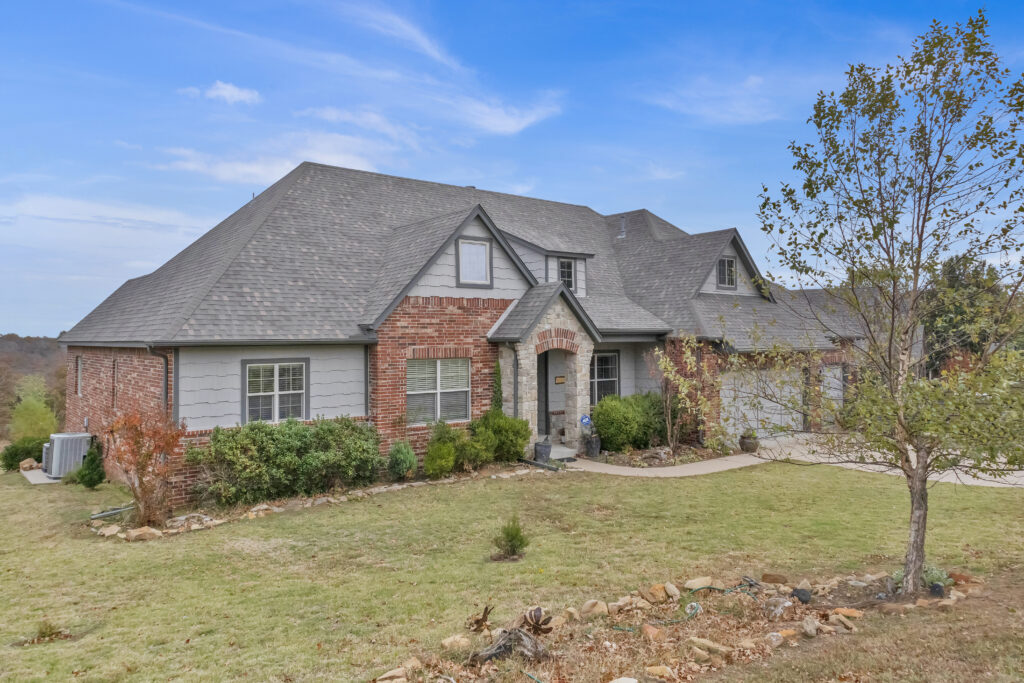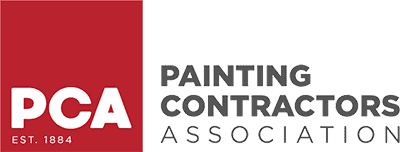If you’re knee-deep in a home painting project and suddenly stop to ask yourself, how many coats of primer do I need?—you’re not the only one.
It’s a common question for homeowners across Tulsa, OK, whether you’re touching up a hallway or redoing a room from the studs out.
The answer depends on a few things: what you’re painting, how porous the surface is, and what you’re putting over it. Some surfaces like drywall, bare wood, or rough masonry might need more than one coat. But sometimes, one is enough. It’s not always cut and dry, which is why getting it right upfront can save you a headache down the road.
Let’s walk through the real answer without the guesswork, and get some clarity straight from professional painters in Tulsa, OK who do this every day.
Key Takeaways:
- How many coats of primer do I need? One coat of primer works for clean, painted walls with no major color change.
- Two coats are ideal for drywall, wood, or covering dark colors and patchy spots.
- Three coats may be needed for rough masonry, popcorn ceilings, or water-damaged areas.
- Humidity, surface porosity, and prep work all impact how many coats you’ll need.
- Professional painters in Tulsa, OK help choose the right number of coats for lasting results.

Why Primer Even Matters?
Before we get into how many coats of primer you need, let’s talk about why it’s important. Primer isn’t just some extra layer—it’s what helps paint stick, keeps stains from bleeding through, and gives you that smooth, even finish people want on their walls, ceilings, or furniture.
Think of it like prepping a wall before you hang wallpaper. You wouldn’t just slap it on and hope for the best. The same goes here.
Primer helps with:
- Bonding latex or oil-based paint to the surface
- Sealing drywall, joint compound, or new plaster
- Blocking stains from mold, water, or even smoke
- Creating an even base if you’re changing color, especially from dark to light
Once you know the role primer plays, it’s easier to figure out how many coats your wall (or woodworking project, or concrete floor) might actually need.
One Coat of Primer Might Be Enough—Sometimes
We’ll start with the easiest answer: one coat of primer can be just fine, but only under the right conditions.
Use one coat of primer if:
- The wall is already painted and in decent shape
- You’re painting a similar or darker color
- You’ve cleaned the surface and removed dust, mildew, or any loose paint
- The surface is low in porosity, meaning it doesn’t soak everything in like a sponge
This often applies to newer homes around Tulsa or well-kept interiors where the job is more of a refresh than a full-on remodel. That said, prep still matters. You’ll want to sand any glossy spots with sandpaper, check for hidden lead paint if the house is older, and make sure there’s no mold or water damage.
If you’re using primer-and-paint in one (especially common with Behr and other modern brands), one coat is built into the formula but don’t assume that replaces proper prep.
Two Coats? That’s Usually the Smart Call
Now, if you’re asking how many coats of primer do I need for a wall that’s been patched, stained, or is brand new—go with two. This is what professional painters in Tulsa, OK do in most home projects because it gives better adhesion and color coverage.
Two coats make sense when:
- You’re covering new drywall or fresh joint compound
- You’re changing from a dark paint to something light
- You’re working with unfinished wood or porous masonry
- The surface has visible stains or patches from smoke, oil, or moisture
The first coat starts the sealing process. The second one gives you that smooth, consistent base to apply your final coat of paint. Skipping that second pass often leads to uneven coverage, especially with lighter colors or on materials that absorb more like plaster or concrete.
And if you’re using paint inside but grabbed a can labeled “exterior,” read this first: Can I Use Exterior Paint Inside
Three Coats? Sometimes You Really Do Need That Extra Layer
Let’s be honest—three coats sound like a lot. But in some cases, it’s exactly what the surface needs.
Here’s when three coats might be your best bet:
- You’re sealing up popcorn ceilings, heavy texture, or stucco
- You’re dealing with old, porous brick, masonry, or rough-sawn wood
- There are deep stains, like smoke damage or high-humidity spots like the bathroom
- The previous paint job used a cheap product that left a mess
Older homes in Tulsa, especially those with rough exteriors or decades of repainting—can soak up primer like nobody’s business. And if your walls have taken a beating over the years, that third coat can help level things out.
Other Things That Affect How Many Coats You Need
Even when you know what kind of surface you’re working with, there are a few more things that play into how many coats of primer you’ll need.
These include:
- Weather: Tulsa’s heat and humidity can mess with dry time
- Surface material: Smooth metal behaves differently than wood
- Prep work: If you didn’t clean or sand the area first, even three coats won’t save you
- Paint type: Switching between oil paint and latex needs a strong base layer
- Color change: If you’re covering deep red with white, you’ll need more coverage
Also, don’t skip letting the primer dry. Just because it feels dry doesn’t mean it’s fully cured. Give it time, especially in the summer. And if you’re using a brush or roller vs. spraying, your technique can affect how much gets on the wall.
If you’re thinking about indoor air quality while you paint, you might want to check this out: Low-VOC Paint vs Regular
Tips from Professional Painters in Tulsa, OK
We asked our local painters what they’d want homeowners to know before priming, and here’s what came up most:
- Clean everything. Dust, grease, and surface grime mess with how well the primer sticks.
- Know your surface. Drywall, wood, metal, and concrete all need different prep.
- Don’t rush. Let each coat fully dry before moving to the next.
- Sand if needed. If the surface feels rough, hit it with sandpaper again.
- Use spot priming for small patches rather than going over the whole wall.
Getting that base right takes time. But once it’s done, the painting part goes a lot smoother and the results last way longer.
Final Thoughts: How Many Coats of Primer Do I Need in Tulsa, OK?
Let’s keep it simple. When you’re asking how many coats of primer do I need, the answer depends on what you’re painting and how well you’ve prepped the surface.
- One coat works for clean, painted walls with no big color change
- Two coats are best for new drywall, patch jobs, or switching to lighter shades
- Three coats are worth it on rough, stained, or high-porosity surfaces
If you’re not sure where your project lands, it’s smart to ask professional painters in Tulsa, OK who’ve handled everything from full remodels to simple room refreshes.
Here’s how Impressions Painting makes the whole thing easier:
- Free color consultation to help you choose the right paint for your space
- Full prep services—cleaning, sanding, patching, and priming
- Primer matched to your surface, from wood to plaster to metal
- Professional painters who apply each coat cleanly and efficiently
- Final walkthrough, cleanup, and no paint dust or tape left behind
Call Impressions Painting today for a FREE estimate in Owasso, Broken Arrow, OK, and the surrounding areas. Dial 918-842-7006 to get started.






